How do you know when your salt chlorinator is not working? One day your salt cell may just up and quit, but usually it’s a gradual deterioration of chlorine output that leads people to wonder if the salt cell is still working? Salt cells generally last 3-5 years, sometimes more or less. Lifespan varies according to factors like water chemistry and temperature, regular cleaning of the cell, cell size in relation to pool size, and a bit of luck.
Basic Salt Cell Troubleshooting
Many inground salt control panels will display a ‘Check Salt Cell’ error code or indicator light, but these aren’t like a check engine light, they are simply reminders to inspect and clean the cell, and pop up every 500 hrs or so.
So then, how do you know when the salt cell is dead, or can a salt cell output be measured?
1. Check Power:

The salt cell is powered by the control panel, and before it reaches the salt cell, the incoming 115/230 VAC is stepped down to about 7-9 VDC, by a transformer. A simple way to check that power is on is to feel the power cord for warmth. If the control panel has no indicator lights, that’s a good sign of no power. Check for a tripped circuit breaker or GFCI outlet test button. Many salt chlorinators also have a fuse inside the cabinet, designed to blow in the event of power overload, or a lightning strike.
2. Check Water Flow:
The salt cell needs a certain amount of water flow to operate effectively. Full featured salt systems use a Flow Switch or sensor to measure water flow entering the salt cell, and will open the ciruit when flow rates are below a minimum threshold. Flow rates can be reduced by clogged pump or skimmer baskets, dirty filter, or closed directional valves. If you have a clear salt cell housing, when the salt is producing chlorine, you can see tiny bubbles, giving the water a slightly cloudy appearance.
3. Check Salt Level:
The salt cell needs a certain amount of salt in the water to convert the salty water to chlorine. Each salt cell is calibrated to work within a certain range of salinity, generally around 3000 ppm. Full featured salt systems use a salt sensor that display the measured salt level and an indicator light that lets you know when the salt level drops below the minimum threshold. Salt sensors can be faulty however, so it’s always a good idea to check your salt level with salt test strips.
4. Check Water Balance:
Your pH, Total Alkalinity, and Calcium Hardness should all be within range, so the chlorine has the most efficacy. Low pH can accelerate the activity of chlorine, causing it to burn off faster. While high pH can reduce the activity, making your chlorine sluggish and less effective. Perhaps more importantly, the Cyanuric Acid (aka conditioner or stabilizer) level must be 20-50 ppm for outdoor pools. Sunny pools that don’t use stabilizer can often dissipate free chlorine as fast as it’s being put into the water.
5. Inspect Salt Cell:
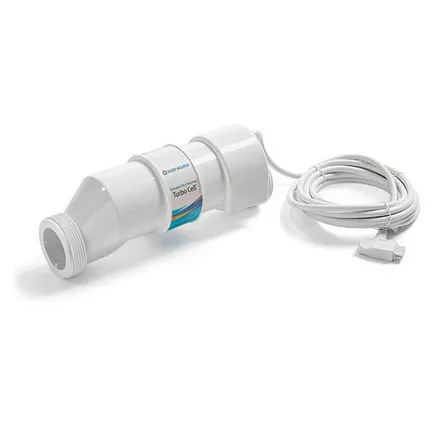
Clean the salt cell regularly to remove calcium deposits. Mineral deposits slow water flow and bridge the gap between metal plates, preventing electrolysis from occuring. Salt systems self-clean by reversing polarity on the metal plates, to slough off the collected calcium. However, even self-cleaning cells need regular inspection, and perhaps occasional cleaning.
Also important is to clean the electrode terminals, which can develop a corrosion similar to car battery terminals. Terminal corrosion can be removed with an old toothbrush dipped into an acid solution. If you have a clear housing around your salt cell, you can inspect the cell for cleanliness without disassembly. When operating, you should also see tiny bubbles inside the chamber, producing what looks like cloudy water – that’s chlorine being created! If you don’t have a clear housing to view chlorine being made, many salt cells can be removed from the housing and placed in a bucket of salty pool water. Turn it on and look for tiny bubbles or cloudy water being created.
Advanced Salt Cell Troubleshooting
If the above troubleshooting steps don’t resolve your salt cell troubles, try the following tips:
1. Check Voltage on Salt Cell:
The salt cell needs the proper voltage to operate correctly. Check for loose wire connections on terminals (with power turned off) and power cords for discoloration or damage. Inspect incoming voltage with a multimeter to ensure it matches the specs on the controller label, or the owner’s manual. This is done with the salt cell in boost mode, or otherwise on a high setting. Set your multimeter to DC volts, and compare against the specs printed on the label or in the owner’s manual.
2. Check Sizing of Salt System:
Salt cells are sized according to the gallons in the pool, but it is common practice for manufacturers to size a cell as if it was operating 24 hours per day. If your cell is rated for 25,000 gallons, and you actually have a 25,000 gallon pool, it may have a hard time keeping up, especially in very cool or very warm water temperatures, or in the presence of phosphates.
3. Check Pool for Phosphates:
Phosphates and nitrates in the pool water provide nutrient-rich food for algae, which uses up your chlorine almost as fast as it’s created. Test the pool for the presence of phosphates, and if over 300 ppb, you should use a Phos-Free type of chemical phosphate remover. Pools with algae problems or ineffective filters can also create a high chlorine demand that salt cells may have trouble keeping up with.
4. Check Circuit Board:
In many cases, the PCB (printed circuit board) is prevents the salt cell from producing chlorine. If you have no power reaching the salt cell, and the sensors (salt, temp, flow) are not causing an open circuit, something on the circuit board (resistors, capacitors and limiters) could be burned out or otherwise causing an open circuit (the problem lies where the power dies). Often times, just looking closely at the circuit board can reveal a problem, when something looks burned or cracked. If you are handy with a soldering tool, circuit board components can be replaced.
5. Check Amps on Salt Cell:
Using a clamp-on amp meter, you can test the amperage of the salt cell, to be sure it matches the label on the controller, or the owner’s manual specs. Like voltage tests, the amperage test is done when the unit is operating at boost or high levels. Generally speaking, the amp output will decrease as salt cells reach the end of their lifespan.


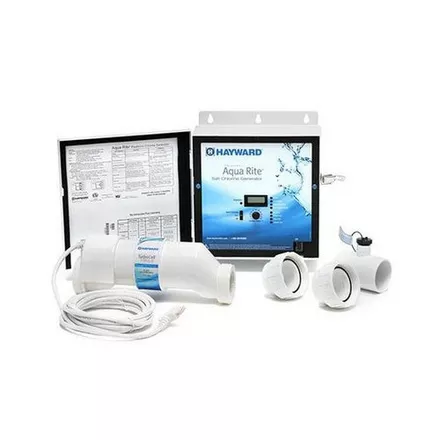
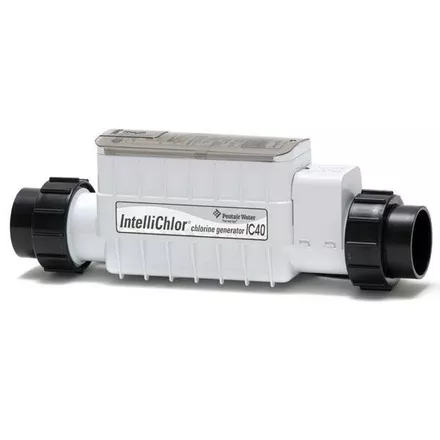

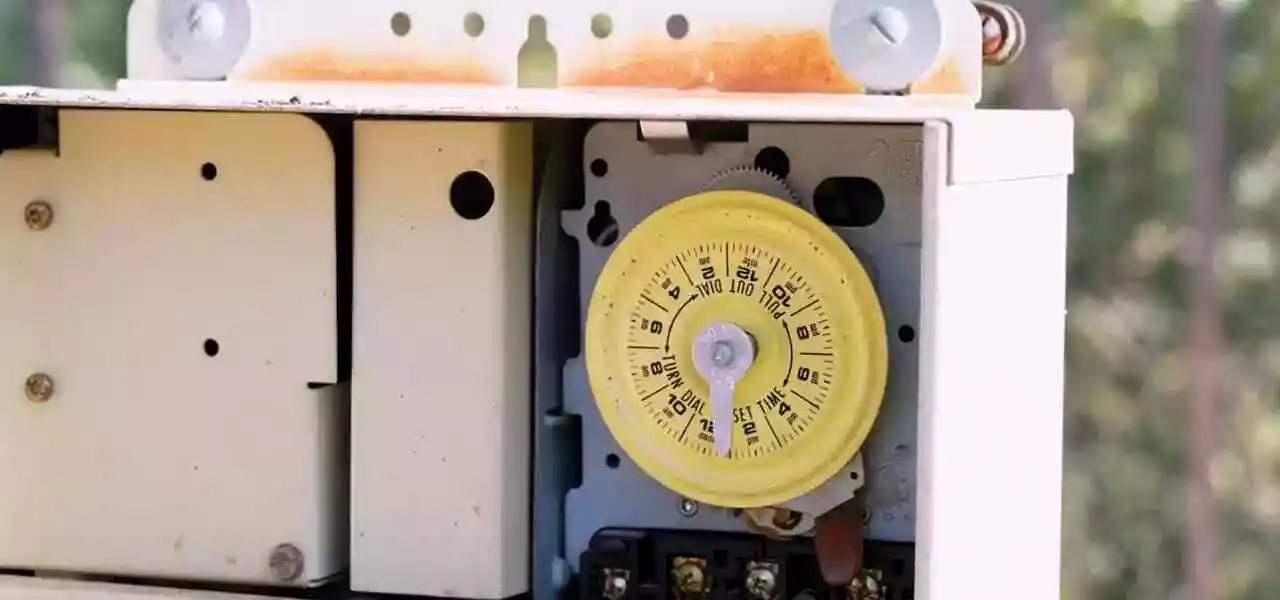
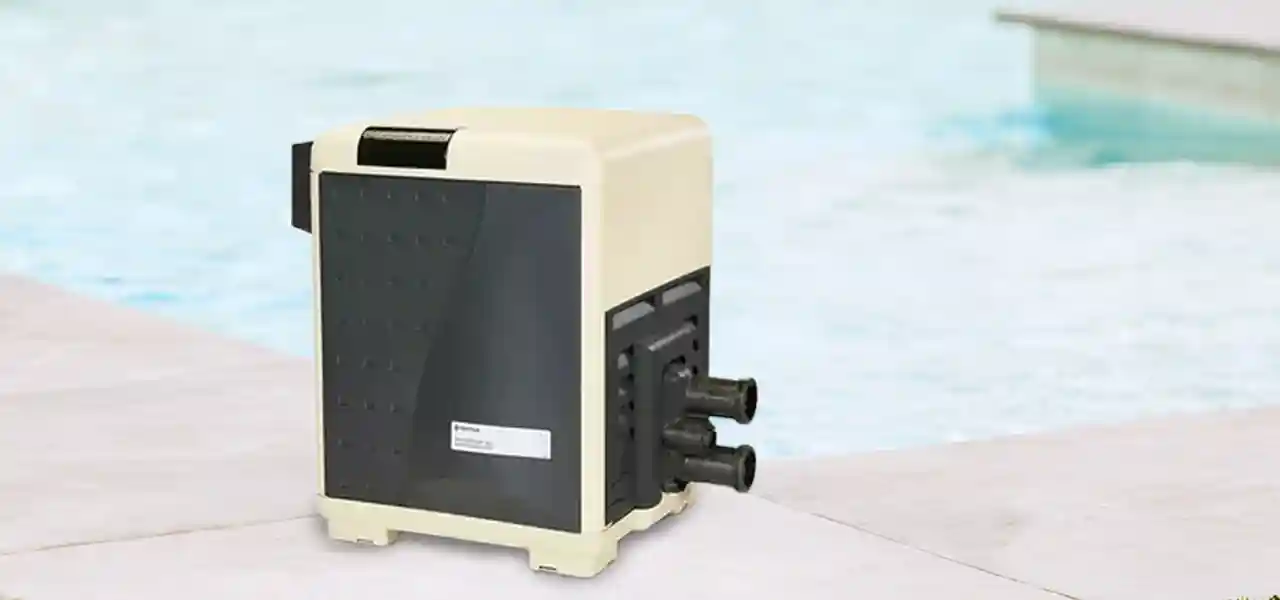
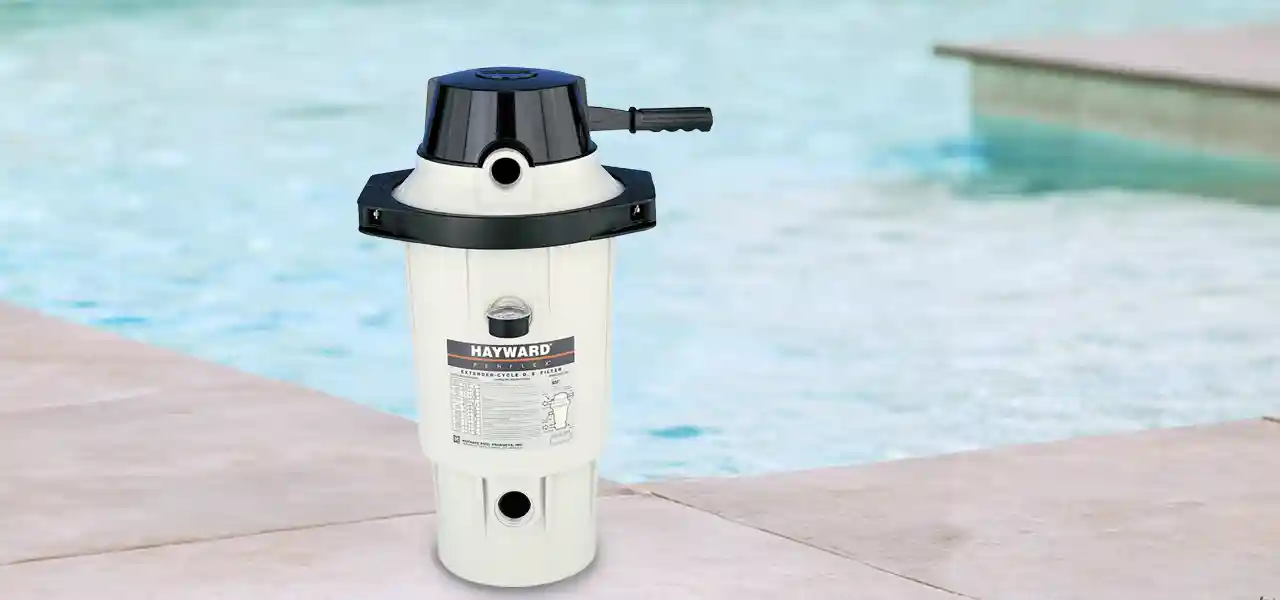
My salt level reading dropped from 2900 to 1400 overnight.Why did this happen and how do you return to normal salt level?
Michael, there is no logical explanation for that, salt does not evaporate, and unless you replaced half the water in the pool with new… I would guess that the sensor may need cleaning, or if using test strips, test again, or replace the strips.